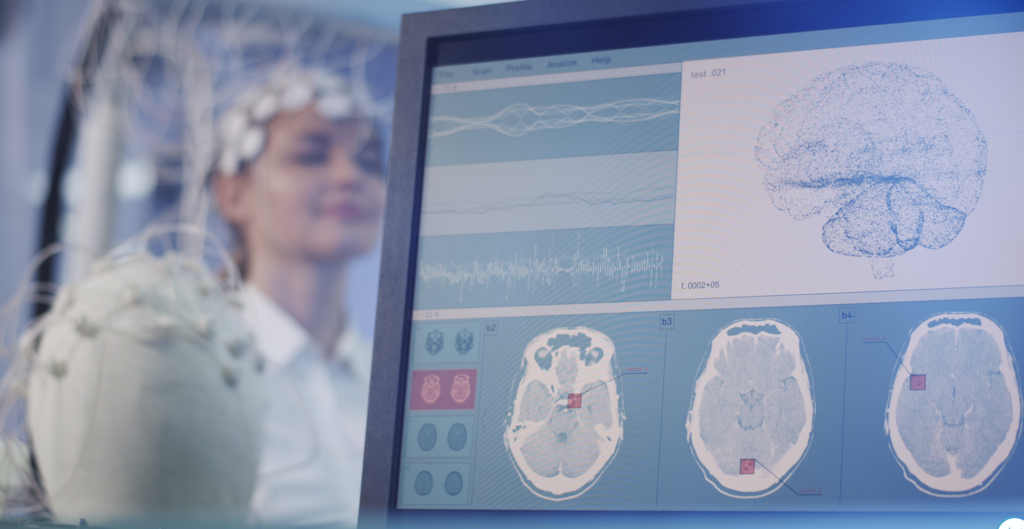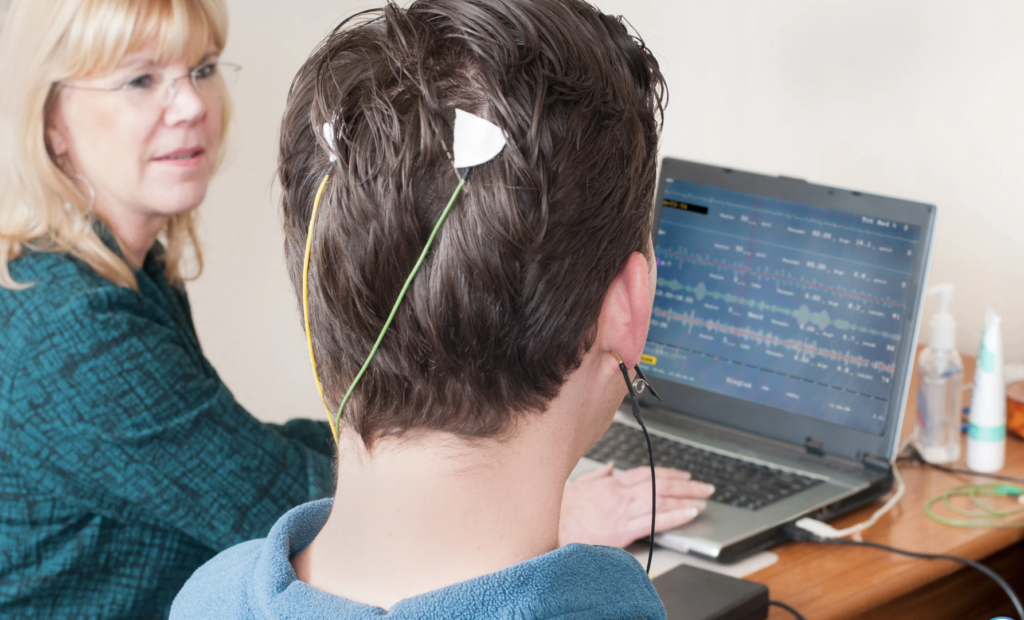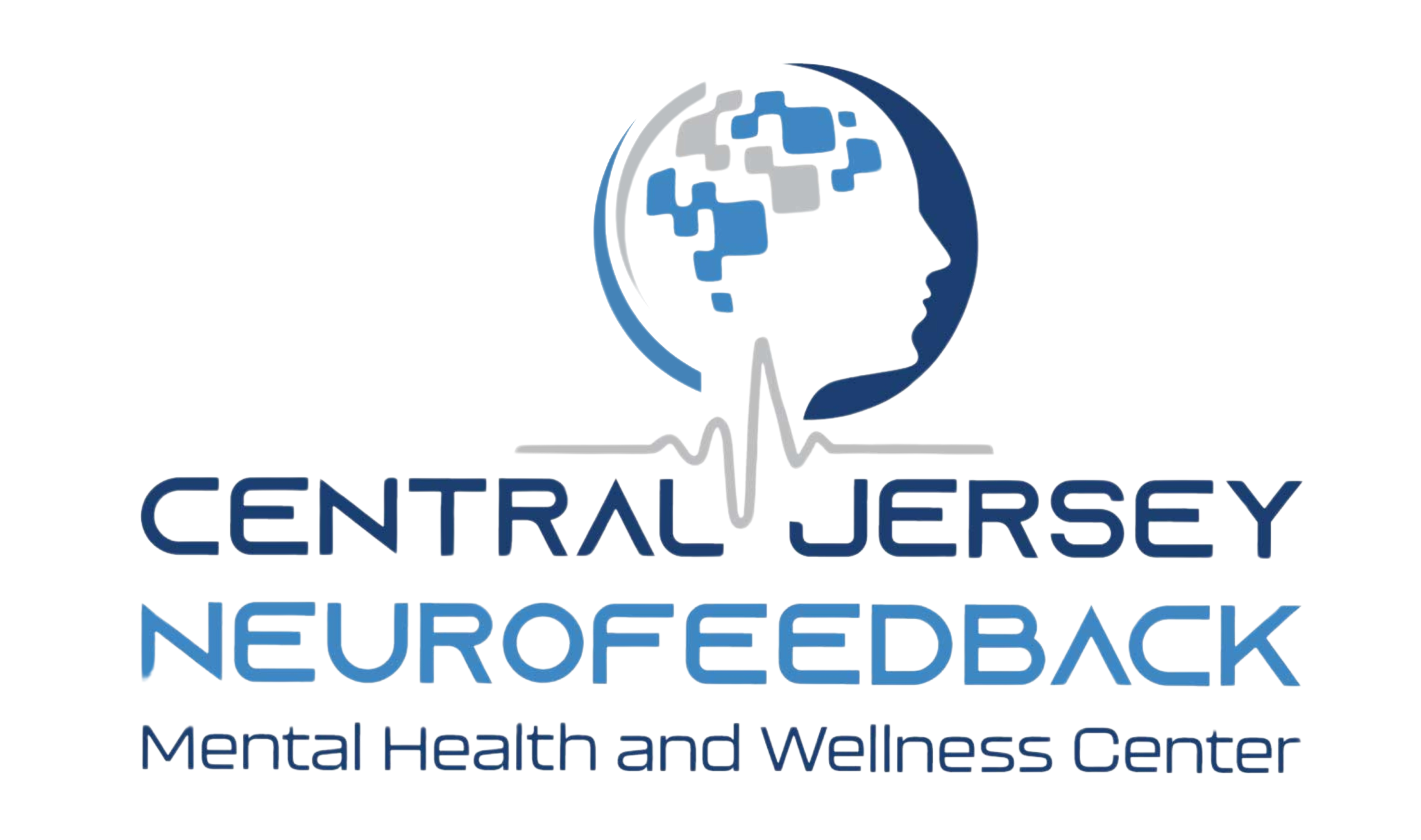FAQ's
Neurofeedback is a painless, non-invasive technique used to train the brain to improve its functioning. An individual receives instantaneous information (feedback) about whether the brain is moving towards or away from optimal function. It may be thought of as a kind of exercise for the brain: a retraining of the way the brain organizes itself.When the brain is out of balance, people can experience a wide range of problems that affect learning, mood, sleep, concentration, and behavior. Neurofeedback training brings these problems gradually under control.
Biofeedback is a non-invasive technique by which people learn to use signals from their own bodies to improve their health. Various instruments (from sophisticated machines to simple hand-held thermometers) are used to provide information to individuals on the state of bodily processes about which they are normally unaware. They are then trained to adjust these states to ease a wide range of manifestations.
During a training session, measurements of a relevant physiological process (for instance, skin temperature, muscle tightness, or brainwave pattern) are continuously made. At the same time information (that is, feedback) is given to the individual about whether the measurements indicate optimal functioning, or are in a range that is indicative of poor performance they wish to improve. The individual receives this feedback in the form of a musical tone, a computer graphic, or the continued playing of a movie.
It was first discovered in the 1960’s that people could control their brainwave patterns. Because the field was in its infancy, research was conducted at very few institutions. Results were published in highly specialized scientific journals with which health care providers were largely unfamiliar. For these reasons, the possibilities of this powerful tool have not become well known among professionals in the field or the general public. This is now changing. Advances in computer technology have enabled neurofeedback to emerge from the laboratory to become a useful tool in the offices of providers.
Simply because someone owns equipment does not mean they are well qualified to use it. Be sure to ask prospective providers for their educational backgrounds. Check that they have been certified by the Biofeedback Certification International Alliance (website: www.bcia.org), the longest existing and most reputable biofeedback certifying body. Neurofeedback practitioners have varying levels of education and training. Many states do not regulate biofeedback. There are only a few institutions of higher learning in the United States that offer courses in this field.
A Quantitative EEG (QEEG), also referred to as a brain map, functions as a road map for the neurofeedback practitioner. As one Practitioner said, “If you need to fix your car, it’s kind of nice to look under the hood first.” A brain map helps neurofeedback providers “look under your hood.”
We first make a recording of brainwave activity. An elastic cap with 19 sensors is placed on the head. Electrical activity is recorded simultaneously at all 19 sites, first with eyes closed and then with eyes open. The recording session itself takes between 1 and 1 1/2 hours. After this, the recorded raw data is carefully edited to remove artifacts, which are signals not generated by actual brainwaves (such as those produced by muscle twitches, muscle tension, eye blinks, coughs, etc.). The data is then subjected to various quantitative analyses using sophisticated software dedicated to this purpose and compared to a database of age-matched high-functioning individuals free of difficulties, injury and disease. The result is a map of how the client’s brain function differs from this high-functioning population.

Most Answered Questions.
While a QEEG does add to the cost of the overall treatment, it generally averages out with money being saved. It reveals quite specific information about the client’s brain function so that a more effective and efficient plan can be developed. Without a map, the practitioner must use his or her training, intuition, and judgment to choose training sites and to make adjustments over the course of training based on the client’s reported response. We feel that the in-depth, detailed information provided by a QEEG permits the practitioner to determine in advance the most optimal training protocols and to avoid those that might be contraindicated. As a result, training is more efficient and effective.
Neurofeedback helps the brain become more efficient so that it works at its best capacity, whatever that capacity might be.
For most conditions, there are no adverse side effects due to the training when conducted by a competent professional. If an occasional negative reaction to training does occur it tends to wear off quickly, or it can be trained away by the clinician, or both. Interestingly, our clients often note positive side effects.
Studies have shown that I.Q. scores generally raise 10 to 20 points after training. This is not because neurofeedback makes people smarter; it simply helps their brains become more efficient and flexible.



In most instances, once the brain has learned how to perform at its optimum level it retains this functioning. Think about learning to ride a bicycle. Remember how difficult that was? Did you fall? And then, after a while, you didn’t even have to think about balancing anymore? At a subconscious level, your brain was sending messages to your muscles to do what they needed to do to keep you upright. Even if you haven’t ridden a bicycle in years, if you were to get on one today your brain would quickly remember what it is supposed to do to help you remain balanced.
We train your brain to work in a way that will help keep you “balanced.” You will not need to concentrate consciously on what you need to do to “stay relaxed” (for example). Your brain will simply function the way it needs to, in order for you to be comfortable.
Each session takes between 45 and 60 minutes. The actual training period lasts 20 to 40 minutes. Additional time is needed beforehand for sensor placement and adjustment. We also speak with our clients briefly before and after each training session to monitor how things are progressing. We reserve 60 minutes for each client to ensure that no one is rushed and that there will be time to discuss the results you are experiencing.
